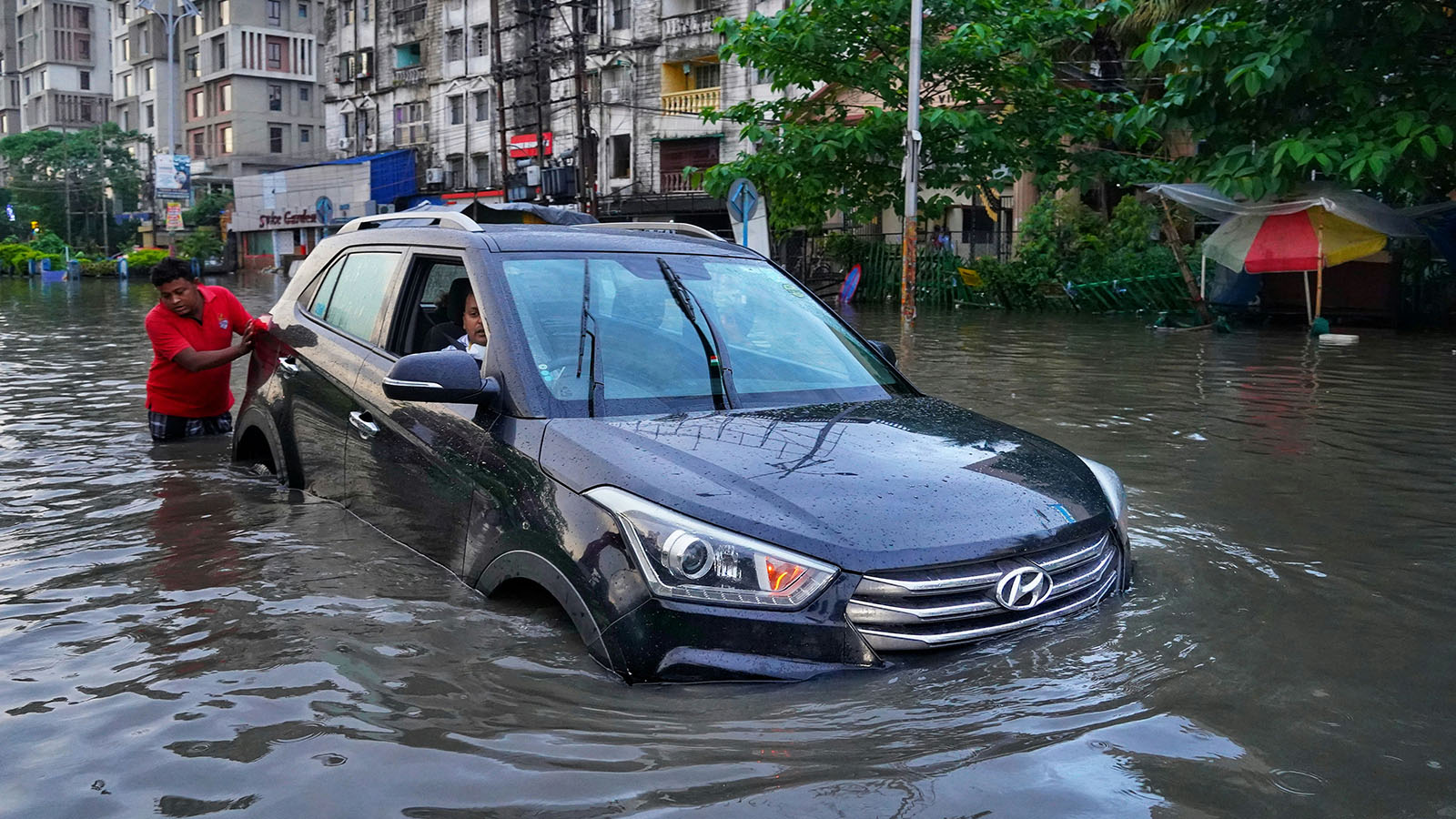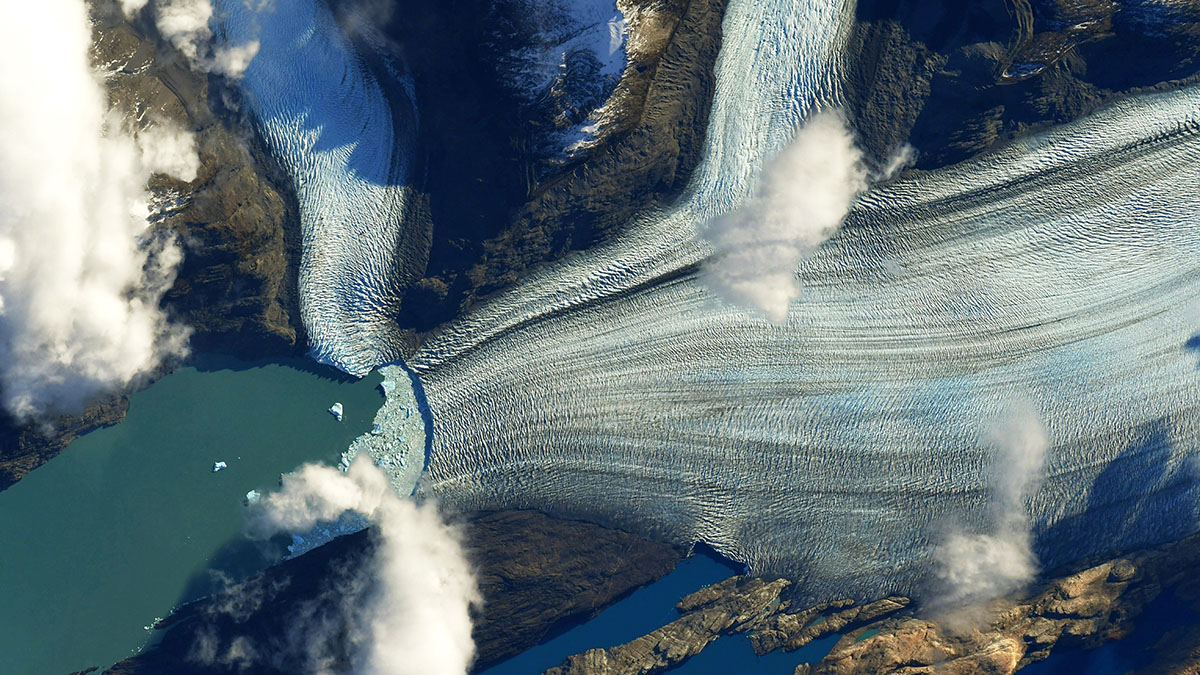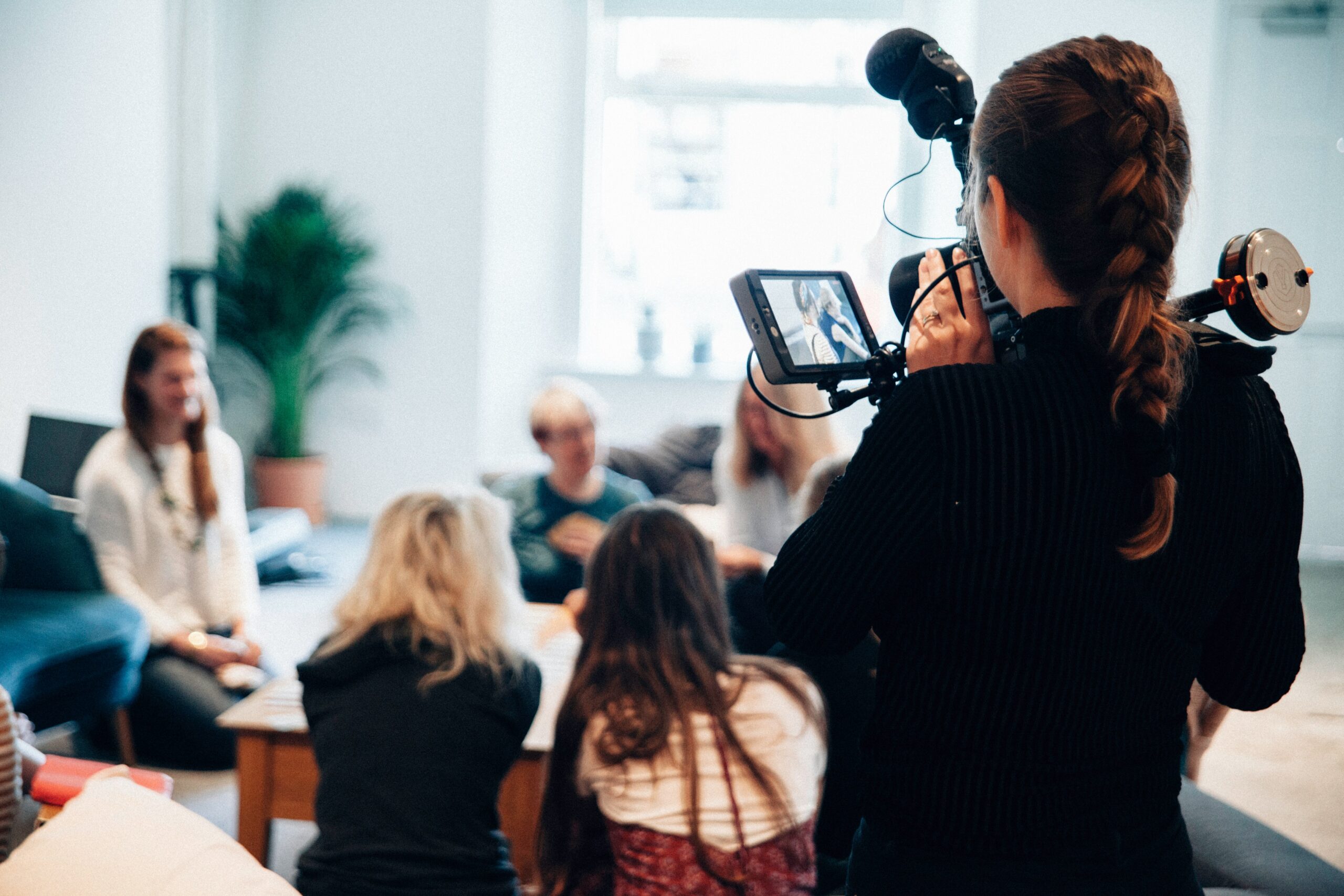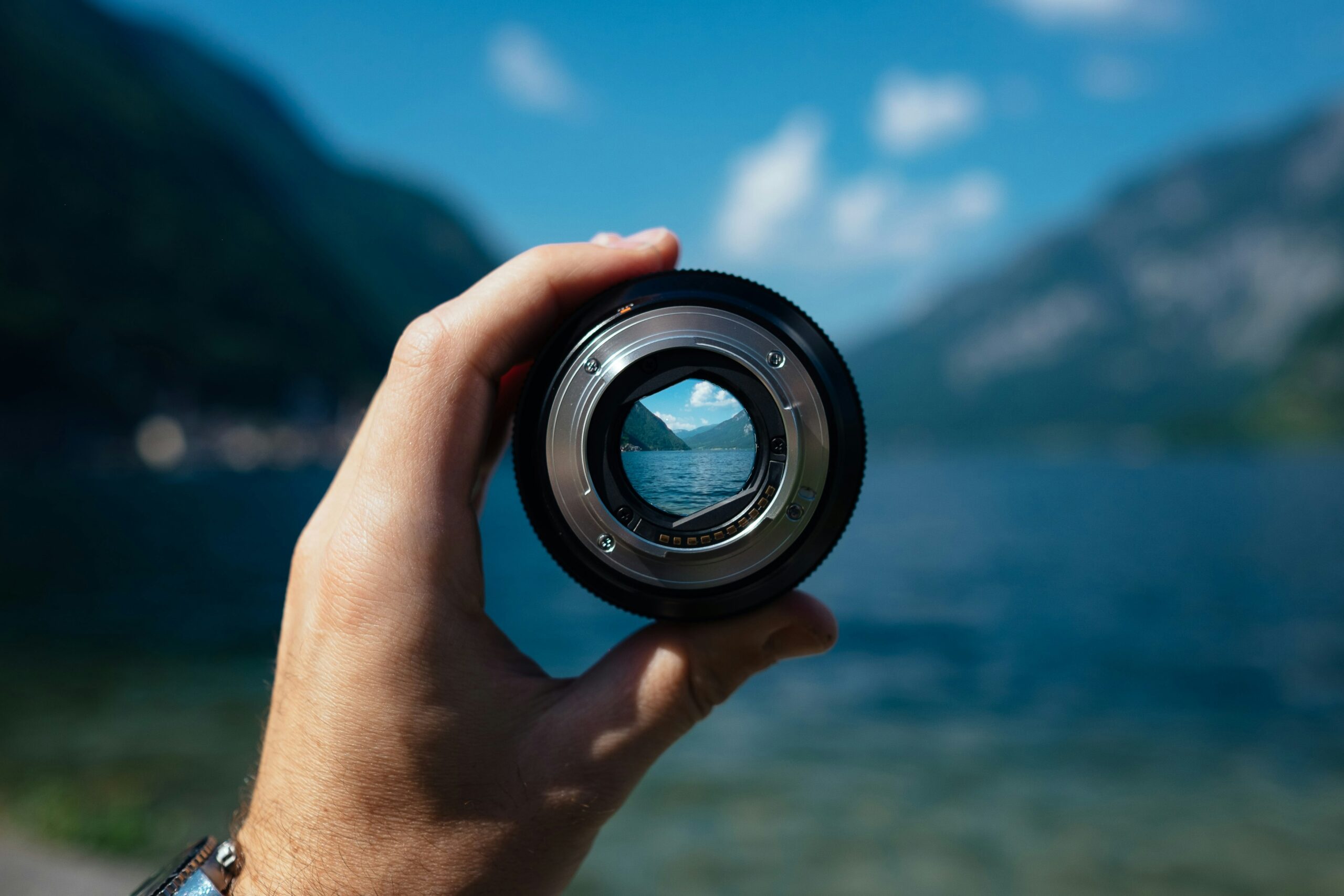HERE’S HOW TO DO IT.
Getting extreme weather coverage right is vital.
Perhaps the most-visible effects of climate change are extreme weather events. Stories about homes destroyed and lives lost make abstract climate science real, but they can also instil doom and gloom. How can we report accurately on the link between an extreme weather event and climate change using a constructive lens?
By Mahima Jain and Liam Mannix
The science of ‘weather attribution’ has significantly evolved, and now when extreme weather strikes, reporters can now confidently point to scientific evidence showing climate change made that weather disaster more likely and more damaging.
Yet studies of disasters like Australia’s Black Summer Bushfires show media coverage of extreme weather events is often framed either as a ‘triumph of humanity’ or about the ‘unstoppable power of nature’. Our failure to adapt and respond to the climate crisis is mentioned far less often. Here’s how to cover extreme weather constructively, based on interviews with journalists and experts as well as guidance from Reporting Extreme Weather and Climate Change by the World Weather Attribution Service.
Recommendations
Don’t ask: did the climate crisis cause this? Instead, ask: did it make this more likely?
It is difficult for scientists to quickly attribute climate change to a single weather event – even at working at their fastest, it takes several days minimum for them to run the models. Avoid asking ‘did the climate crisis directly cause this?’ Instead, ask did climate change make this more likely?
Generally, you can have very high confidence linking climate change generally to floods (in some parts of the world) and heatwaves (globally).
Direct attribution of the climate crisis’s role in an extreme weather event takes time, although it is happening faster now. The World Weather Attribution Service is one of several organisations doing this work; to find out if they are analysing the disaster you are covering, contact wwamedia@imperial.ac.uk
Editors: consider repeatable content
Consider creating reusable content – similar to what the World Weather Attribution Service offers – that links extreme events to climate change. This takes pressure away from individual journalists who are not specialists.
Stories that work:
The Guardian asks: should heatwaves be named, like cyclones and hurricanes? Doing so could bring more attention to our most-lethal weather patterns – and take extreme heat coverage away from ‘fun in the sun’ style stories. Variations of this story have appeared in conservative and liberal media outlets around the world and have successfully drawn readers.
Cover relief, but also rehabilitation and long-term resilience
Cyclones, hurricanes, heatwaves and other extreme weather events are worsened by climate change and are wrecking vulnerable communities. Stories need to highlight which kinds of development and infrastructure could make these areas more resilient. While most stories focus on immediate events after the disaster: such as rescue and relief efforts, newsrooms should also look at the medium and long term i.e, rehabilitation and relief.
Experts also pointed out that the media tends to focus on water and fire-related disasters more than on events that take time to unfold such as droughts. The former are more headline-grabbing and offer more visuals, but the latter are equally important. Newsrooms may need to work harder to uncover them for their audiences.
Stories that work:
‘Why Disaster Rehab Must Focus On Landless Dalit Farmers’ focuses on rehabilitation efforts in coastal communities struck by repeated cyclones in Eastern India. It also investigates how rehabilitation looks different for poorer communities.
Don’t treat this as a one-off, look for long-term solutions
Climate change makes extreme weather events more likely. In your reporting, apart from disaster and the recovery, also cover what solutions could be implemented to mitigate climate change and, specially, to adapt better for the next time this is happening and what are the hurdles that stop those solutions being implemented. The New York Times did this well during the Maui wildfires, first by showing how the climate crisis is making Hawaii hotter, dryer, and more prone to fire, and then by pointing to solutions, like changes in building codes to fire-proof homes.

There is no such thing as ‘natural disaster’
The words ‘natural disaster’ make readers think this event was caused by mother nature, or by random chance, and that there’s nothing that could have been done. That obscures the role humanity plays in changing the climate and creating vulnerable infrastructure. A flood is not a ‘natural disaster’ if the government allowed homes to be built on a floodplain. The United Nations even says there is “no such thing as a natural disaster”.
Prize accuracy above all things
If an event is not related to climate change, or if the science is unclear, don’t speculate. It is better to be cautious.
One example of this cautious approach we like: Did Climate Change Cause This Hurricane? By the YEARS Project. This story clearly lays out that climate change does not cause hurricanes, but the variables that drive hurricanes are affected by climate change. This sort of story is a great example of the nuance that is key to constructive climate journalism. .
Stories that work:
Weather stories! People love reading about the weather! And where better to talk about the climate crisis than when talking about the atmospheric dynamics that surround us daily or in the short-term, the climate that we live within. Join the dots between how people’s local experience of climate relates to the bigger picture. For example, Australia’s Courier Mail writes about why Australia’s summer nights are getting hotter, and what you can do to stay cool – something all readers care about – while also linking it to the climate crisis.
Look in your backyard
Local sports culture will change– from shorter skiing seasons in the Nordic region to floods affecting wrestling matches in rural India, outdoor activities and local sporting cultures are increasingly affected because of events worsened by climate change. Such stories will resonate with local readers, and reporting on them can help make local connections to climate change. So investigate and find those links in your regions.
It is important to use local people and sportspersons–characters your readers can see themselves in–to tell the story, while also combining and reporting on the local impacts of climate change.
Menu



